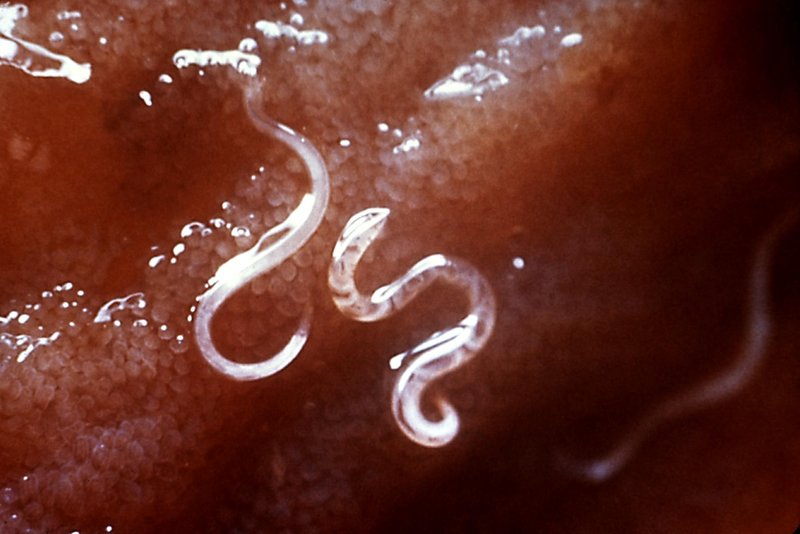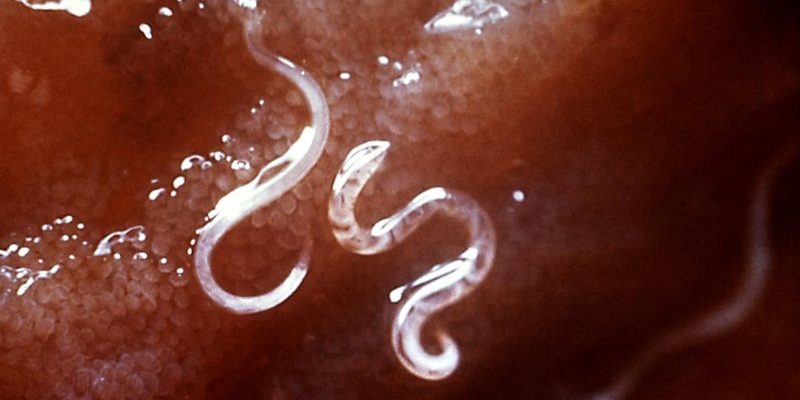
Hookworms are small parasitic worms that live in the intestines of their hosts. While they may sound a little gross at first, they offer a fantastic opportunity for students to learn about biology, ecosystems, and even human health. Imagine exploring the life cycle of a hookworm or discussing how it affects its host. It’s almost like a little adventure into the unseen world that exists all around us. Plus, using real-life examples can help students connect with the material in a way that textbooks sometimes can’t.
So, how exactly can you incorporate hookworms into your classroom? In this guide, we’ll explore various ways to use these fascinating creatures in school science demonstrations, from discussing their biology to understanding their ecological impact. Let’s get started!
What Are Hookworms and Why Study Them?
Hookworms belong to a group of parasitic worms known as nematodes. They latch onto the intestines of their hosts, usually humans or animals, feeding off their blood. While this might sound alarming, it makes them a great example for studying parasitism, a critical aspect of biology.
Incorporating hookworms into science lessons gives students a real-world context for topics like ecology and evolution. For example, you could ask your students: “What do you think happens when an organism relies on another for survival?” This question opens the door to discussions about food chains, ecosystems, and the balance of life.
Moreover, learning about hookworms can help students understand disease transmission. Hookworm infections, although not as common in well-developed countries, can offer insight into public health issues, especially in areas with limited access to sanitation. By studying this, students can grasp the importance of hygiene and preventive measures in health education.
Creating Engaging Experiments
Hookworms can be fascinating for experiments, but you probably won’t want to bring live ones into the classroom. Instead, consider using models, videos, or simulations to bring the hookworm life cycle to life.
For an engaging experiment, you can create a life cycle model using diagrams or digital simulations. Here’s a simple idea to get started:
- Start with an egg stage, which is usually found in contaminated soil.
- Next, display how larvae emerge from the eggs and how they penetrate the skin of their host.
- Finally, show their adult stage in the intestines, where they reproduce.
This approach helps students visualize the process while understanding the implications for human health. You might even inspire them to think creatively: “How can we make this model more interactive?”
Examining the Effect on Hosts
One of the most interesting aspects of studying hookworms is examining their effect on their hosts. Hookworms can cause anemia and other health issues due to blood loss. In your demonstration, you could discuss how these effects vary between hosts.
Here’s a fun way to approach this: Create a role-play scenario where students act as hosts. Some can be healthy, while others may be infected. Discuss the symptoms and consequences for each “host.” How do these infections affect their daily lives? This interactive activity not only deepens their understanding but also encourages empathy.
Environmental Impact of Hookworms
You might be wondering, “What role do hookworms play in the environment?” This question opens up a discussion about their ecological contributions. Hookworms can affect soil health and biodiversity. In areas with high infection rates, they can impact local animal populations, which in turn affects the food web.
Consider assigning a project where students research and present on the ecological impact of hookworms. They could explore questions like:
- How do hookworms interact with other species?
- What happens in ecosystems where hookworms are prevalent?
This project not only enhances research skills but also highlights the interconnectedness of all living things—a core principle in ecology.
Understanding Public Health Through Hookworms
Incorporating hookworms into lessons on public health can uniquely engage students. Discuss how lack of sanitation can lead to worm infections, especially in underprivileged areas.
You might set up a debate where students argue the importance of cleanliness and sanitation. Questions to guide the debate could include:
- What preventive measures can communities take?
- How can education reduce the prevalence of hookworm infections?
Through these discussions, students learn about not only hookworms but also the broader issues of health, education, and community welfare.
Safety and Ethical Considerations
When using hookworms in demonstrations, it’s crucial to address safety and ethical considerations. While studying them can offer many benefits, it’s essential to ensure that your discussions are based on up-to-date, factual information.
You could create a classroom contract focusing on respect and empathy when discussing parasites. Remind students that while studying these organisms is educational, it’s also important to remember the humans and animals affected by them. You might say, “We’re learning about hookworms not just to know about parasites, but to understand the impact they have on lives.”
Alternatives to Hookworms in Classroom Demonstrations
If you’re considering using hookworms but are unsure, there are plenty of alternatives. You can explore other parasites like tapeworms or roundworms, which can also provide valuable lessons on biology and health. Each organism has its unique features and impacts, making them all worthy study subjects.
You might also consider using models, virtual simulations, or videos if live specimens aren’t feasible. These options can still provide engaging, informative experiences for students without the ethical concerns of using live animals.
Using hookworms in school science demonstrations might seem unconventional, but it can lead to rich discussions and learning opportunities. By exploring their biology, ecological roles, and impacts on public health, students can develop a deeper understanding of the world around them.
Whether through engaging experiments or thoughtful debates, students can find inspiration in these tiny, often-misunderstood creatures. As educators, it’s essential to make learning relatable and impactful. So, why not take a chance on hookworms and help spark curiosity in the next generation of scientists?

